In the next month, Novi Sad will become the capital of women’s creativity and art, as the Heroines programme, sponsored by Erste bank, brings us as many as six exhibitions that you can visit in our city. One of them is the multimedia exhibition Heroines of the Pavle Beljanski Memorial Collection, which will open on 20 May, and will feature as many as seven artists from the collection of Pavle Beljanski, a passionate connoisseur of art. It was this exhibition that made us remember the important Heroines of Modern Art who left their mark on the art of the 20th century. We present you free, creative, and imaginative women who have changed the world.
The beginning of the 20th century represents a turning point in Serbian fine arts when Serbian painting tried to get rid of the established canons and academicism. The creation of modern Serbian painting in the turbulent 20th century was marked by generations of painters who belonged to different movements and directions. Female artists and heroines had a special role as a symbol of resistance and strengthening the status of women in general. Some of them are inscribed in golden letters in the history of art, while others are unjustly marginalized or completely forgotten.
Zora Petrović (1894-1962)
This artist’s work is considered colouristic expressionism. The main characteristic of her painting is a fast, wide stroke of the brush over the canvas, without unnecessary detailing of the form. The figures in her paintings are distorted and deformed, but full of inner strength, accentuated by thick colour paste and light. The motifs of these paintings are mostly nudes of women from the people and, to a lesser extent, interiors and portraits.
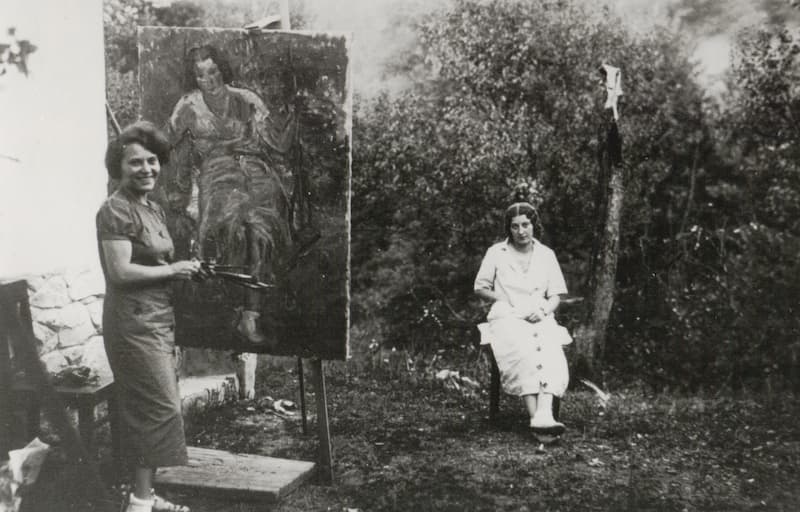
Nadežda Petrović (1873-1915)
One of the greatest Serbian academic painters, the first woman war photographer, journalist, philanthropist, lively orator, nurse and heroine of World War I. As a painter, she remained thematically faithful to the national motifs, but stylistically, she completely turned to contemporary trends in European art, primarily German expressionism. This was probably one of the reasons why she was not really accepted by contemporaries and critics in a traditional and patriarchal environment such as Serbia. Her patriotism is noticeable in the choice of themes from national history and in depicting Serbian people and landscapes, while her paintings are characterized by colourfulness and quick and wide brush strokes. Her favourite colour was fiery red, and complementary to her, green. Nadežda’s paintings are considered colouristic expressionism, except for the painting ‘The Barges on the Sava’, which is considered one of the first manifestations of impressionism. She painted her two best paintings – ‘The Notre Dame’ and ‘The Lake in the Boix de Boulogne’, in Paris. She started dabbling in photography during the Balkan Wars and World War I. In 1906, she founded the humanitarian society Circle of Serbian Sisters. She served as a volunteer nurse at the front and died of typhus in April 1915. She is the only woman whose likeness is on the 200 dinars paper banknote of the National Bank of Serbia. UNESCO has included the celebration of the 150th anniversary of the birth of Nadežda Petrović in its calendar for 2022/23.
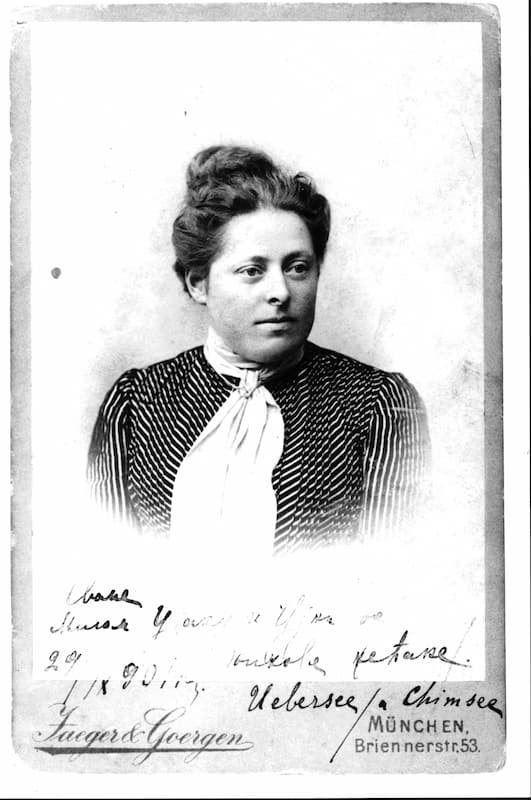
Liza Križanić (1905-1982)
Born as Draginja Marić, Liza Križanić belonged to the generation of young artists who were active between the two World Wars. Her painting oeuvre is dominated by the use of oil on canvas, somewhat less tempera, pastels and watercolours, and the main motifs are still lifes and landscapes of Belgrade and Dubrovnik. Her work is categorised as realism and intimacy, sometimes imbued with
colouristic expressionism. Her most famous works are ‘View of Belgrade’, ‘Sunflowers’, ‘Flowers’… In addition to painting, she created drawings, mosaics, and witty titles for her husband Pjer Križanić’s caricatures. Due to her exceptional beauty, she was a model for many famous painters of the time (Zora Petrović, Kumrić, Job, Uzelac, Milunović, etc).
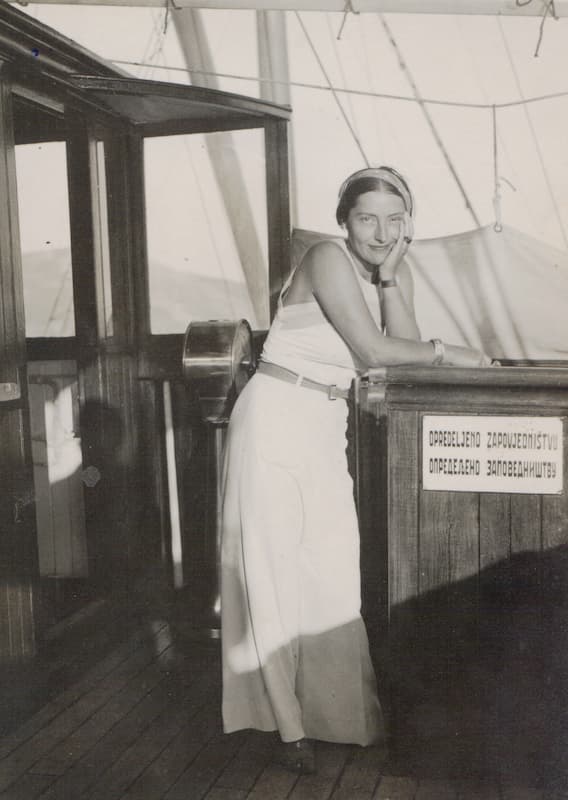
Leposava S. Pavlović (1906-2004)
She was an academic painter, senior professional associate and lecturer at the University of Belgrade, French language professor and translator from Romanian, as well as a benefactor. She hailed from a respectable Belgrade family of intellectuals. She was a friend and court lady of Queen Marija Karadjordjević. Her painting is characterized by the poetics of the new realism, moderate expressionism, poetic realism, and intimism. She has made several sculptures, four of which are known today. Most of her works are in the National Museum in Belgrade and the Pavle Beljanski Memorial Collection in Novi Sad.
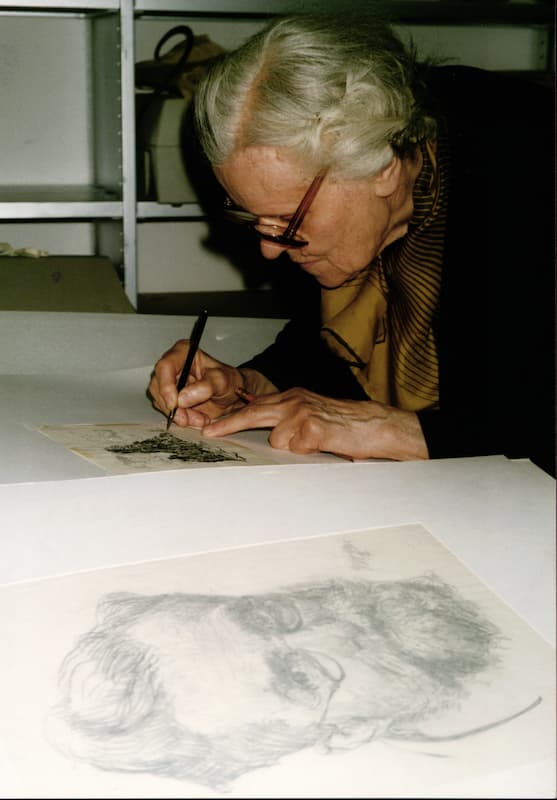
Ljubica Cuca Sokić (1914-2009)
Another exceptional Serbian painter and a SANU scholar. Her drawing professor was Zora Petrović, and she herself was later a professor at the Academy of Fine Arts in Belgrade. The early phase of Ljubica Sokić’s work was intimistic, followed by the phase of emphasized realism, which she would abandon in the 1960s and head in the direction of abstraction (post-Cubism). In addition to painting and pedagogical work, she illustrated children’s books and magazines and made sketch boards for movies. She has illustrated more than thirty children’s books.
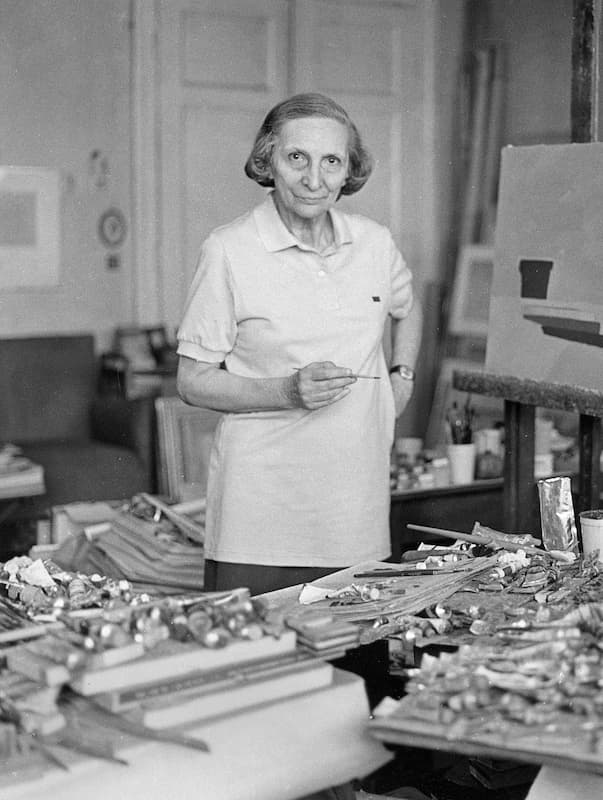
Vidosava Kovačević (1889-1913)
She belonged to the first generation of Serbian painters at the beginning of the 20th century who managed to completely surpass the conservative academism of the 19th century. She was one of the first Serbian female painters to get her education in Paris. Her creative period was short, between 1905 and 1913, during which she moved from realism to impressionism. Her most famous work, ‘Little Girl’s Head’, is oil on canvas and considered a masterpiece of her era by critics. She died suddenly at the age of 24 from galloping tuberculosis. Many of her works were lost in World War I, and some of them she took to Paris, so she fell into obscurity. The key role in the revaluation of Vidosava Kovačević’s work was played by Pavle Beljanski, who uncovered this artist and her specific contribution and introduced it to his anthology.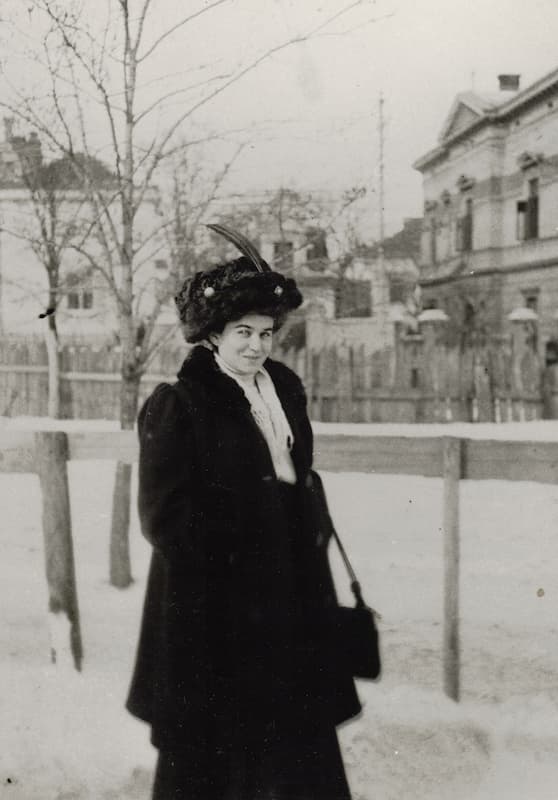
Milica Zorić Čolaković (1909-1989)
The artist of the tapestry, whose artistic work stands out for its special technique, composition and symbolism and provides her with a unique place in the history of Yugoslav modernism. It all started in 1950 when she travelled to Paris, where she visited a large exhibition of Mexican art. In less than two decades, she left behind about two hundred tapestries. In creating tapestries, she deviated from the classical approach by combining original embroideries with her works, melding motifs from the past and modern times; she made the colours and the embroidery herself, with the help of weavers and embroiderers from the people. She was the wife of the famous politician Rodoljub Čolaković, and her private life was very intriguing. Milica’s father was the uncle of the famous painter Nadežda Petrović.
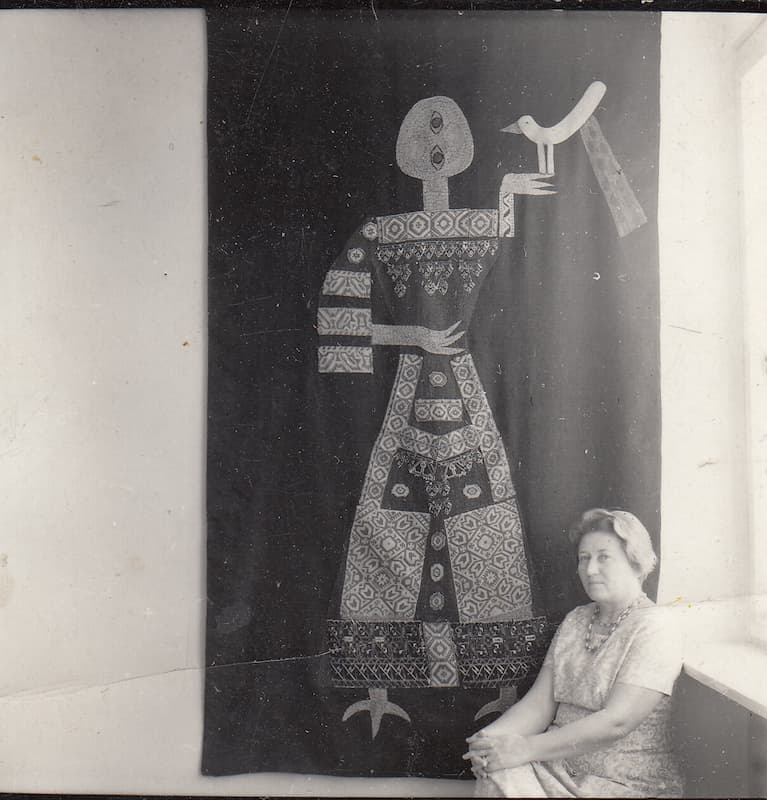
Olja Ivanjicki (1931-2009)
She chose painting as her primary art, even though she studied and graduated sculpting. She received funding from the Ford Foundation to travel and study in the United States. She was the only
female member of Mediala, a new art movement founded in the middle of the 20th century with the goal of bringing Europe to our country. Olja combined studying in the US and the ideas of Mediala into one concept – pop art. She first started with pop art in Belgrade in the 1960s. Her affinity for multimedia and versatility manifested in different ways. She created performances similar to those staged by Marina Abramović today. Her work abounds in portraits, figures, and images of androgenic beings who resemble angels, or faces from abstract parts of the human subconscious. She mainly used dark colours, with the obligatory presence of a light source, shown in bright, light colours. A common motif in her paintings is the Mona Lisa, whose character remains the same, while the futuristic position she is in changes. She painted a fantastic 20,000 paintings. Her paintings can be found in many world museums and galleries – the Metropolitan Museum, the Museum of Modern Art and the Dobs Ferry campus in New York, the National Museum and the Museum of Contemporary Art in Belgrade, the Belgrade City Museum, the Rovinj City Museum… and the Olja Ivanjicki Fund. She also did several architectural projects, tried her hand as a costume designer at the National Theatre in Belgrade, in the operetta ‘The Bat’, and she did the fashion show ‘Tesla’ and the collection ‘Njegoš’ with the fashion house ‘Mona’. She was chosen as the best Yugoslavian painter of the 20th century. Although she wanted to, she was never admitted to SANU, because critics considered her a ‘pulp artist’.
Milena Pavlović Barili (1909-1945)
She was a Serbian painter between the two World Wars and the only well-known representative of surrealism in Serbian painting. Her artistic opus consists of over 300 works and many sketches and drawings. There is a particularly large number of portraits and self-portraits which she painted from her earliest days until the New York period. Her painting talent was noticed in Paris, after the first solo exhibition in 1932, but in the Kingdom of Yugoslavia, her art wasn’t understood. She wrote poetry in Serbian, Italian, French, and Spanish. Her illustrations in the elite fashion magazine Vogue have achieved notable success. She expanded her work to commercial design, advertising for the textile industry, and staging clothes for the biggest fashion houses. She made portraits of people from high society and costumes for Gian Carlo Menotti’s famous ballet ‘Sebastian’ in the spirit of Italian Baroque. Milena was the great-granddaughter of Karađorđe’s eldest daughter, Sava Karađorđevic Ristić. Her father comes from the famous Parma Barilli family, which has produced many artists. Shortly after her birth, she was diagnosed with heart disease, which will be the cause of her untimely death. On the other hand, the health problem has contributed to her actively living her short life, working hard and leaving a large number of work behind. She lived a nomadic lifestyle, until 1939 when she travelled to the USA. Her artwork was revealed to the domestic public in the 1950s, thanks to the painter, critic and art historian Miodrag Protić.
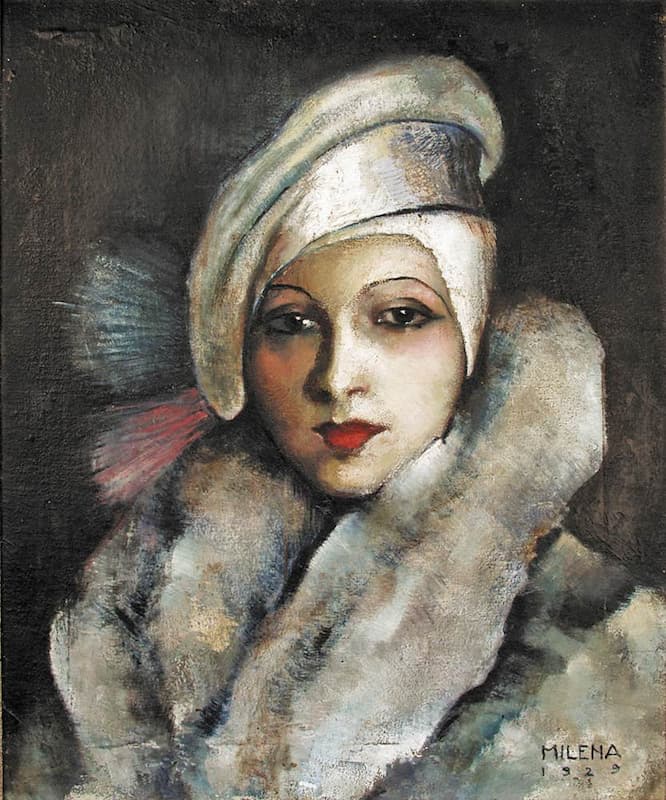
Beta Vukanović (1872-1972)
She was born Babette Bachmayer, and later married the Serbian painter Risto Vukanović. Beta is one of the most important representatives of En plein air (painting in nature, outside the studio) in Serbia. She painted portraits, landscapes (with motifs from Vardar Macedonia, Serbia and Bosnia), and still lifes. She was considered the pioneer of artistic caricature in our country. She was the author of over 500 caricatures, of which 140 have been preserved, and most of them are water coloured. Her last caricature is most likely ‘Autocaricature’, published in Politika in April 1949. Her prints didn’t find popularity in Belgrade, unlike Rome, where the Italian king bought two of her prints. She started her pedagogical work in Belgrade in 1900, in a painting and drawing school together with her husband and continued to do so for the rest of her life. One of the first paintings that Beta painted in Serbia was ‘Family Patron’s Day’. The painting was exhibited and awarded at the World’s Fair in Paris in 1900. During the Balkan Wars and World War I, she worked as a volunteer
nurse. She made a draft for a 50-dinar war bill, the first batch of which was issued in March 1915. During World War II, she refused to join the Kulturbund movement, saying she considered herself a Serb. She painted until her death at the age of 101.
Author: Ljiljana Dragosavljević Savin, MSc, historian







